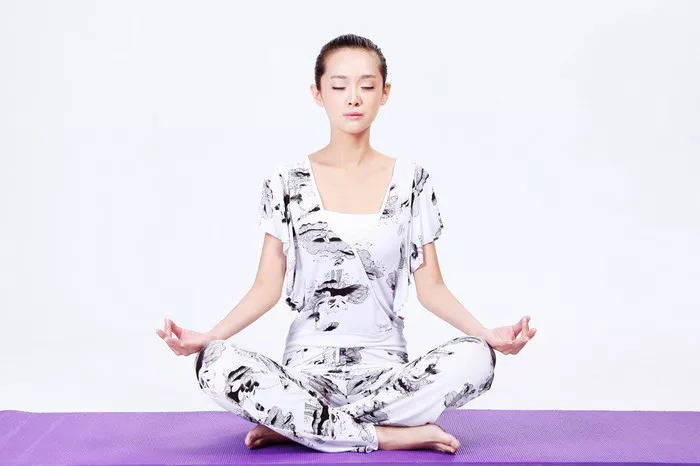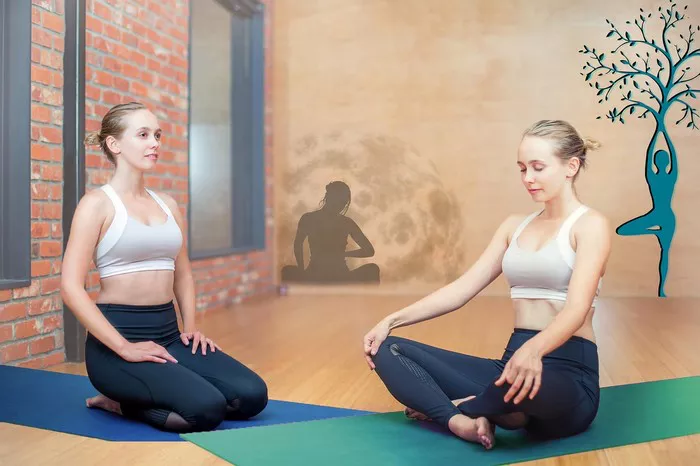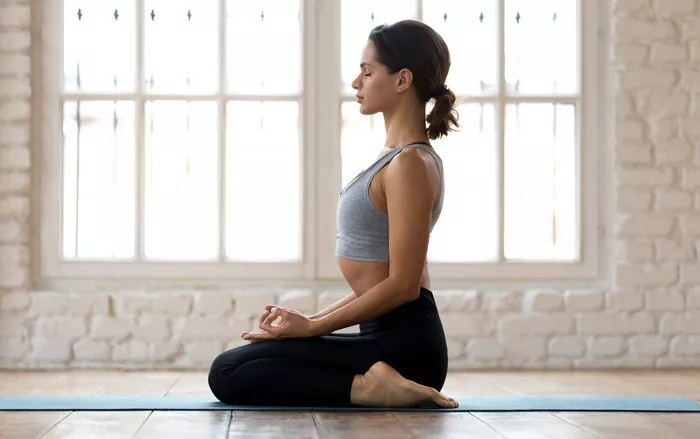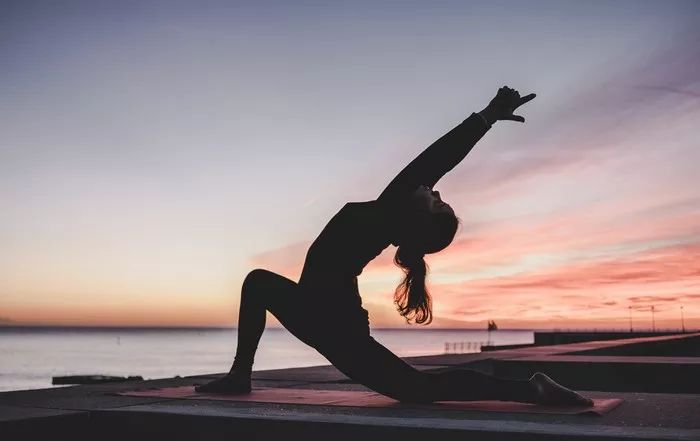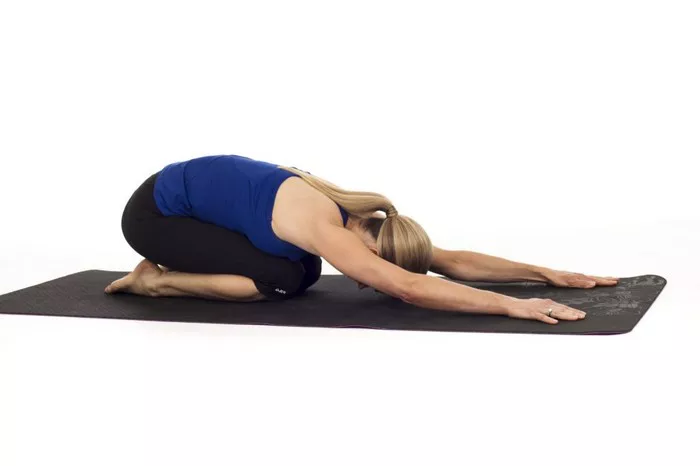Yoga, an ancient practice that harmonizes body, mind, and spirit, has become widely popular in recent years due to its numerous benefits. People practice yoga to enhance flexibility, improve strength, reduce stress, and cultivate mindfulness. However, as beneficial as yoga is for many, it’s not suitable for everyone. There are certain conditions and circumstances where yoga might not be recommended or where it needs to be adapted to ensure safety.
In this article, we will explore who should avoid yoga exercises and provide insights into the types of individuals for whom yoga might not be the best choice. We will also discuss the potential risks involved and how these can be mitigated with proper precautions.
1. Individuals with Severe Injuries or Medical Conditions
Yoga involves a wide range of physical movements, including stretching, bending, twisting, and balancing. These actions may not be suitable for individuals who are recovering from severe injuries or who suffer from certain medical conditions. If you are dealing with a serious injury or health issue, you should always consult with a healthcare professional before starting any yoga practice.
Severe Back Pain
People with chronic or severe back pain, particularly those who have conditions such as slipped discs, sciatica, or scoliosis, may need to avoid certain yoga postures. Some yoga poses, such as deep forward bends and backbends, can exacerbate pain in these areas. It’s crucial for individuals with back pain to work with a qualified yoga therapist who can suggest gentle, modified poses tailored to their condition.
Joint Problems
Individuals suffering from conditions such as rheumatoid arthritis, osteoarthritis, or any severe joint-related issues should exercise caution when practicing yoga. Some postures, particularly those that require deep knee bends, hip openers, or balancing on one leg, could aggravate joint pain. In such cases, restorative yoga or gentle yoga classes that focus on flexibility and breathing rather than intense movements might be more appropriate.
Recent Surgery
People who have recently undergone surgery, especially spinal, hip, knee, or abdominal surgery, should avoid yoga until they receive medical clearance. Even after the initial recovery period, it’s important to gradually reintroduce movement. The intensity of the practice should be reduced, and postures should be adapted based on the individual’s healing process.
2. Individuals with Heart Conditions
Yoga can be a great way to improve cardiovascular health, but for people who suffer from serious heart conditions such as hypertension, heart disease, or arrhythmia, certain yoga practices can be risky.
High Blood Pressure
For people with high blood pressure (hypertension), poses that require the head to be below the heart (such as headstands or downward dog) could increase the risk of stroke or worsen the condition. Additionally, strenuous yoga practices that elevate the heart rate too quickly can place undue strain on the heart. A gentle yoga practice that focuses on relaxation and controlled breathing may be more appropriate for individuals with high blood pressure.
Heart Disease
Those with heart disease, including coronary artery disease or a history of heart attacks, should always check with their doctor before engaging in yoga. Intense physical activity, especially high-intensity yoga styles like Vinyasa or Ashtanga, might not be suitable, and gentler forms of yoga such as Hatha yoga or chair yoga might be more beneficial.
3. Pregnant Women (Without Medical Clearance)
Yoga can be an excellent exercise for pregnant women as it promotes relaxation, flexibility, and strength. However, not all types of yoga are safe during pregnancy, and certain modifications are necessary to ensure the health and safety of both the mother and the baby.
First Trimester Concerns
During the first trimester, women may experience fatigue, nausea, and other pregnancy-related symptoms that make it difficult to practice yoga. High-impact, intense, or inversions that place too much pressure on the abdomen or uterus should be avoided. It’s also important to avoid certain poses that could strain the lower back, pelvis, or abdominal muscles.
Second and Third Trimester Adjustments
As the pregnancy progresses, the body undergoes significant changes. Women in the second and third trimesters should avoid postures that involve lying flat on the back for extended periods (as this can decrease blood flow to the uterus). Deep twists and forward bends should be modified to ensure comfort and safety. It’s important to work with a yoga instructor who is experienced in prenatal yoga and can provide modifications for each stage of pregnancy.
4. Individuals with Mental Health Conditions
Yoga can have a deeply therapeutic effect on mental health by reducing stress, anxiety, and depression. However, there are some cases where yoga may not be advisable for certain individuals, particularly if they are dealing with severe mental health conditions.
Severe Anxiety or Panic Disorders
Some individuals with severe anxiety or panic disorders may find that certain yoga practices exacerbate their symptoms. For example, certain breathwork techniques (like rapid breathing or breath retention) may induce anxiety or trigger panic attacks. It’s essential for individuals with such conditions to practice yoga under the supervision of an instructor who can guide them toward more calming and centering practices. Gentle yoga and meditation are generally better for people experiencing anxiety.
Psychosis or Severe Depression
Individuals with severe depression or psychotic disorders should seek medical guidance before trying yoga. In such cases, it is often more beneficial to focus on other forms of therapy, such as cognitive-behavioral therapy or medication. However, yoga can be a complementary tool when practiced under professional guidance in cases of mild depression, especially through restorative and mindfulness-based practices.
5. People with Certain Respiratory Conditions
Yoga’s focus on deep breathing and controlled inhalation and exhalation can have therapeutic benefits for the lungs and respiratory system. However, people with specific respiratory conditions may need to be cautious.
Asthma and Chronic Obstructive Pulmonary Disease (COPD)
People with asthma or COPD should avoid certain breathing exercises or poses that may exacerbate symptoms. For example, rapid or forced breathing techniques might trigger an asthma attack. Gentle yoga practices with an emphasis on deep, slow breathing may be beneficial, but individuals with asthma should always have their inhalers or medications on hand and avoid any pose that causes breathlessness or discomfort.
Pulmonary Issues
Individuals with pulmonary diseases or conditions such as emphysema or severe bronchitis should avoid intense physical exertion during yoga. It’s important to practice yoga at a pace that is comfortable and does not strain the respiratory system.
6. Children and Very Elderly Individuals
While yoga can be a wonderful practice for children and seniors, it’s important to approach it in a way that is appropriate for their age and physical capabilities.
Children
Yoga can be an excellent activity for children to help them develop flexibility, strength, and mindfulness. However, children should not engage in high-intensity yoga practices or postures that place too much strain on their developing bodies. Poses should be fun, playful, and appropriate for their age. Additionally, children under the age of five may not have the physical or mental capacity to engage in a structured yoga session effectively.
Seniors
While yoga can provide numerous benefits for older adults, including improved balance, strength, and flexibility, individuals over the age of 65 should approach yoga with caution. If a senior has limited mobility, balance problems, or a history of falls, more gentle forms of yoga should be practiced. Chair yoga or restorative yoga may be excellent options. Furthermore, any yoga program for seniors should be done with careful attention to posture alignment and gradual progression.
7. Individuals with Eating Disorders
Yoga can sometimes exacerbate certain behaviors in individuals with eating disorders, especially if they are engaged in excessive exercise as a form of control over their body. People with conditions such as anorexia or bulimia may use yoga as a way to over-exercise, which can worsen their mental and physical health.
If you or someone you know is struggling with an eating disorder, it’s important to seek professional help. Yoga may be a helpful practice in recovery when used mindfully and in conjunction with therapy and nutritional support. However, it should not be used as a form of compensatory exercise or to control weight.
8. Individuals with Chronic Fatigue or Fibromyalgia
Yoga is known for promoting relaxation and reducing fatigue, but individuals with chronic fatigue syndrome or fibromyalgia should approach yoga with caution. Overexertion can sometimes trigger flare-ups of symptoms. People with these conditions may benefit from restorative or gentle yoga practices, focusing on relaxation and mindfulness rather than intense physical activity.
Conclusion
Yoga is a powerful tool for promoting physical health, mental clarity, and emotional well-being. However, it is important to recognize that yoga is not suitable for everyone, especially for individuals dealing with severe medical conditions, injuries, or specific health concerns. Before beginning any yoga practice, it is always advisable to consult with a healthcare provider to determine if yoga is appropriate for your condition.
For those who do decide to practice yoga, it is important to work with a qualified instructor who can provide appropriate modifications and adjustments based on individual needs. With the right approach, yoga can be an effective and beneficial practice for almost everyone—but safety and mindfulness should always be the top priority.
Related Topics:




